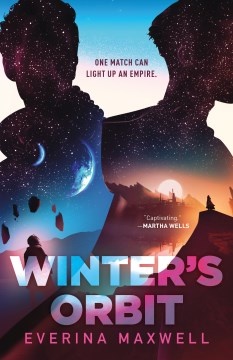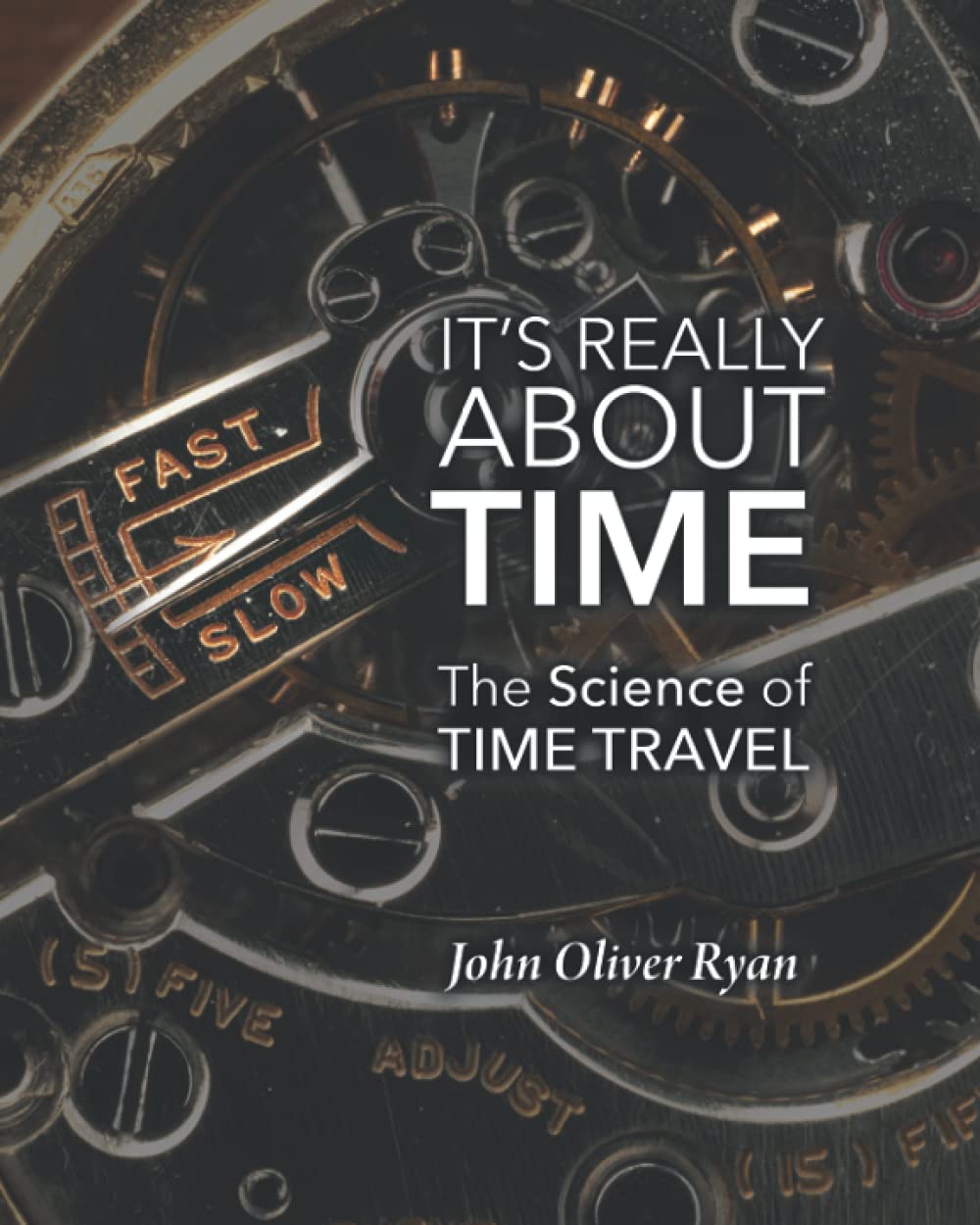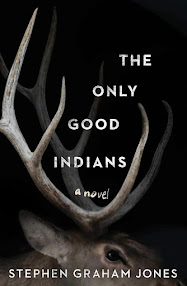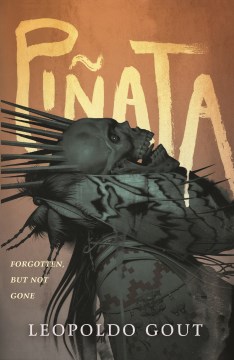Now more than ever, public figures like authors have an expectation of adherence to popular political thought. Celebrities that express problematic viewpoints, on either side of the political spectrum, can have their potential for future brand deals, acting jobs, hosting award shows, wiped away by a single irreverent Tweet or off-color remark. To an extent, this does result in the necessary ousting of bigots from positions of power. If I as a viewer, reader, or listener learn that the artist who produced that piece of media is a racist, homophobe, xenophobe, Zionist, or otherwise, I would not personally want to monetarily support their work. Is it true that people with horrible views can make compelling, beautiful art? Of course. Look no further than the controversy surrounding passionate Harry Potter fans who have divorced the work in their minds from J. K. Rowling's vocal criticism of trans women.
However, this cancel culture can often be at odds with empathy--but not in the way the political right often portrays it. Freedom of speech is essential for a democracy--but that doesn't mean everyone has to like what you say. If I were to choose not to buy any more Harry Potter merchandise because of J. K. Rowling's views, even though I loved the series, that is the "consequence" of Rowling's actions. This strong desire to champion the causes of the marginalized can lead to bad faith takes. If I read a social media post or hear a sound bite of someone saying something that's not politically correct, I don't think my first assumption should be that the individual is a bigot. (Unless, of course, the statement is blatant). Someone not using precisely the right language to describe a situation, or speaking on a situation without full context, might be simply unaware of the harm they are doing. Public outcry and the assumption of purposeful cruelty on the part of the offender should not happen. If someone makes a harmful statement, they should be given the tools to educate themselves before public opinion damns them forevermore.
Of course, there are power imbalances at play here, as there are everywhere.
Sometimes, people with genuinely hateful platforms are given a voice. One such case was that of Milo Yiannopoulos' book deal with an imprint of Simon & Schuster, one of the most powerful publishing houses. In our culture of hyper-visible celebrities, fans will pressure their favorites to state their opinion on everything from trans rights, gun reform, Black Lives Matter, and the genocide taking place in Gaza. (I have personally seen many viral TikToks informing other readers of authors who have been "silent" on various causes, and how they should no longer be supported). As Roxane Gay stated after she pulled her own book deal with Simon & Schuster as a result of them amplifying Yiannopoulos' bigoted voice, "...Not everyone [can afford to take this stand]. Remember that" (O'Brien, 2017).
Certainly, many authors debuting with Simon & Schuster in 2017 may have had strong objections to Yiannopoulos' book deal. Yet, they had just landed a book deal with a Big Five publishing house. They were on the cusp of perhaps being able to follow a dream of writing for a living. Speaking out against this book deal could have stomped those publishing hopes into the dirt. Of course, BIPOC writers who have had to work the hardest to secure a book deal in the first place, would be hurt the most by speaking out against their publisher. As someone with aspirations of traditional publishing myself, I cannot imagine the anguish.
We turn to celebrities to speak out against injustice on our behalf. As those with the most power, money, and influence, they can be igniters of cultural change, or champions of the status quo. We yearn to see our own views and hopes reflected in them. Too often, they let us down. As librarians, we are privy to the opinion of the common man more than those who are "chronically online." We owe it to our patrons to understand these nuances and to honor patrons' personal choices when it comes to the literature they consume. What is important to us may not be important to a patron, and vice versa.
References
O'Brien, Sara Ashley. (2017). 'Bad Feminist' author Roxane Gay pulls book deal over Milo Yiannopoulos. CNN Business. https://money.cnn.com/2017/01/25/technology/roxane-gay-simon-schuster-milo- yiannopoulos/














